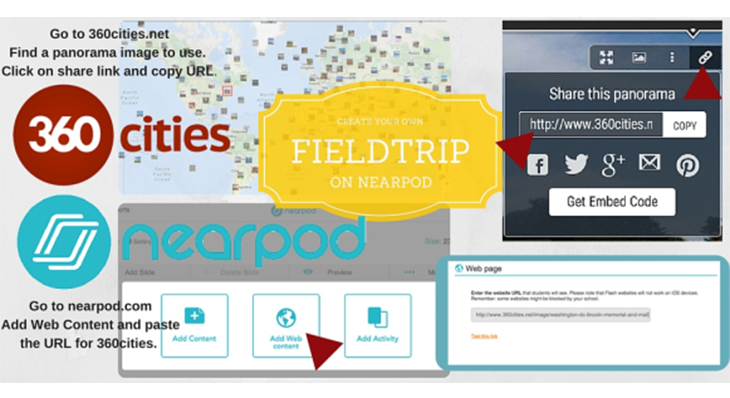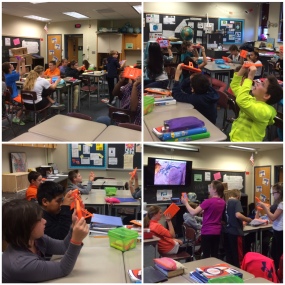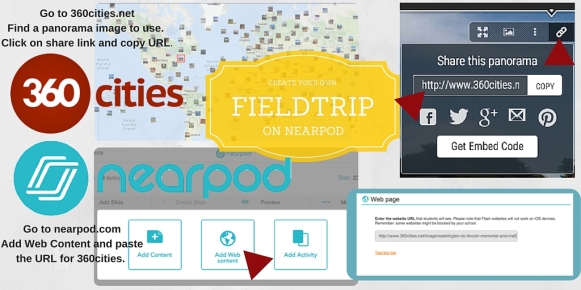
How students sold me on the joy of learning with Nearpod
This blog was originally posted on Lisa Butler’s blog here. You can find Lisa on Twitter at @SrtaLisa.
I will admit that I knew about Nearpod for years (like four of them) before I had my ah-ha moment. This week provided multiple concrete examples of why I am thrilled that my district pays for my premium Nearpod account. So here is my Nearpod journey:
When I initially learned about Nearpod, I like the idea of guided presentations; however, lecture style presentations with PowerPoint are not something I do often. The Q&A and drawing answer feature was nice, but I was already using other tools successfully for formative assessment.
Earlier this year I had a series of images that I wanted to share with students. Just looking at the through the Apple TV would have worked, but it would have dulled the intricate details and discussion prompts. I quickly turned the images into slides on Nearpod. The students were able to view and zoom in on the parts of the map image that interested them most. The students drove the lesson discussion and I secretly accomplished all of my teaching objectives. This was done with the free version.
Then the school purchased the premium version for many teachers in our building. To encourage us to use Nearpod, they demonstrated the Note Feature for students. It allows students to save and annotate a PDF with each slide. This is perfect for any students who want to go back and review, especially the learning support students. Within a week of learning about the feature, students were taught how to do it and they were saving notes without being prompted. They took ownership of their learning.
My next unit was on thematic maps. Each subtopic had a Nearpod (or plural). Initially it took some work to create the Nearpods, but I was selfishly motivated. It was flu and travel season; it felt like I was missing 15 students a day to either illness or vacation. It was much easier to give them a homework code for Nearpod instead of personally gathering work for each student. Even the class readings could be embedded on Nearpod as a PDF.
Thematic Maps was when I started to use the FieldTrip feature, which are incredibly engaging 360° images that students explore by moving their device around. For physical features, there are many Field Trip choices for landforms and bodies of water. During the first Field Trip exploration, a student said “Whoa this is the most amazing lesson like ever.” The Body of Water Nearpod with the reef Field Trip was the student favorite. I thought this would be the end of my Nearpod journey of discovery, but I was wrong.

This week I figured out how to create my own Field Trip experiences using 360cities.net and Nearpod. This gives me thousands of options; when you look at the world map more images appear every time you zoom in. So many amazing possibilities. My personalized Field Trips will be a great introduction when I am teaching new locations for geography, and so far each new Field Trip still produces student awe and wonder. Students do not have to just read a boring textbook passage about a place, they can visually explore it themselves.

The final step in realizing the joy that Nearpod adds to the learning was yesterday. Students could choose whatever medium they wanted to present their project. Two students selected Nearpod. They not only like to learn with Nearpod, but they wanted to teach others through it. I can’t wait to see their final product next week.
For all these reasons, I will continue to invest the time to create engaging Nearpods that go way beyond being just a presentation.

Nearpod’s award-winning platform is used by thousands of schools around the globe, transforming classroom engagement.

